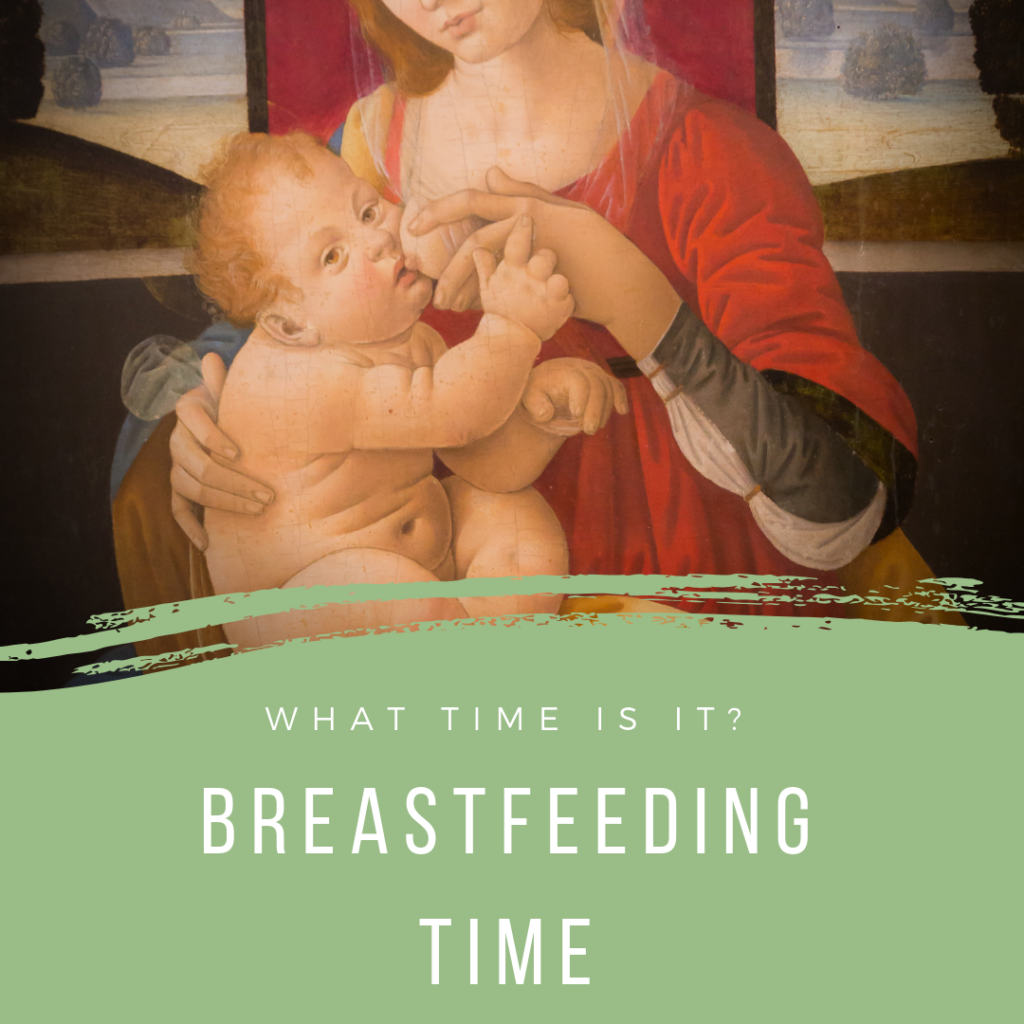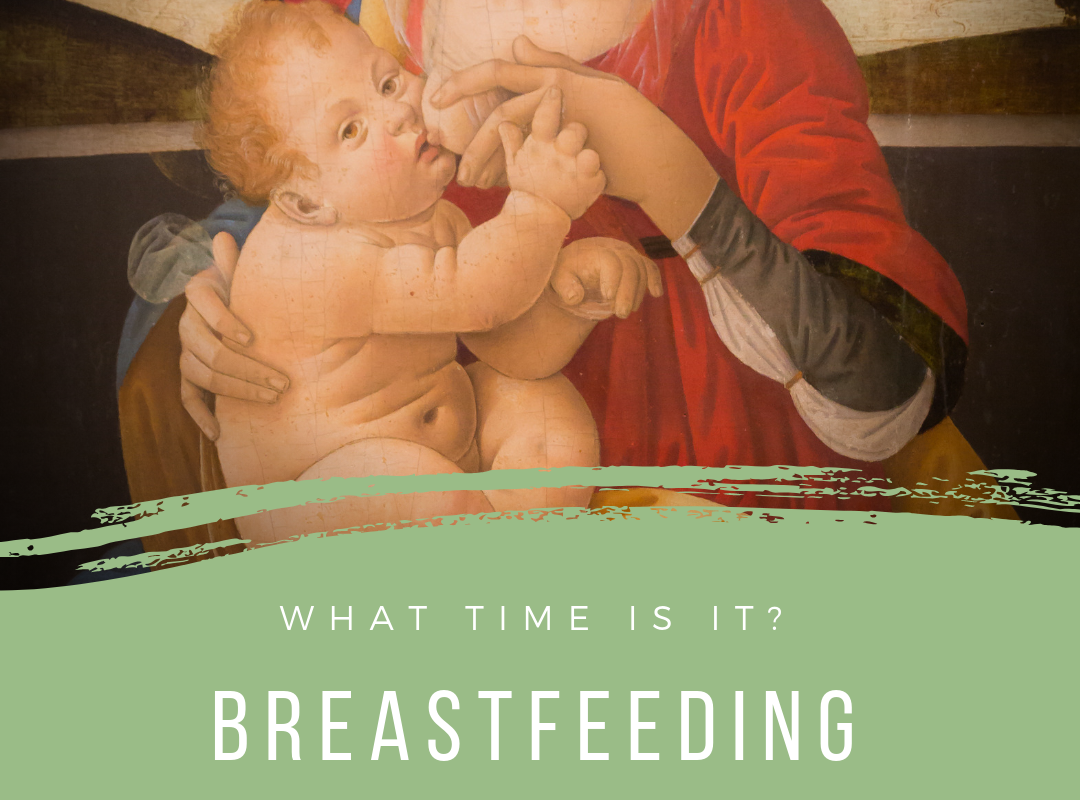
Lactation us a phenomenon that is purely controlled by hormones. These hormones are growth hormone, parathyroid hormone, insulin, estrogen, progesterone and prolactin. When pregnant, the placenta secretes a tremendous amount of estrogen which stimulates the breast ducts to grow and branch, and also extra fatty tissue develops in the breast. Growth hormone, prolactin, adrenal glucocorticoids and insulin also contribute to ductal development. The final development of breasts into milk-secreting organs also requires progesterone, which is also supplied by the placenta. Estrogen and progesterone have a synergistic effect in inhibiting the actual secretion of milk. The hormone prolactin however, promotes milk secretion. Prolactin is secreted by the mother’s anterior pituitary gland. It rises steadily from the fifth week of pregnancy until the birth of the baby. It reaches levels ten to twenty times above the normal non-pregnant levels.
From the last few days before the baby is born, until the first few days after birth, colustrum is secreted. Colustrum contains the same concentrations of proteins and lactose as milk, but almost no fat. Right after the baby is born and there is no more placenta, this causes a sudden loss of estrogen and progesterone in the mother’s body. This sudden drop in progesterone and estrogen allows the prolactin from the mother’s pituitary gland to do what it is naturally meant to do; promote the production of milk. Therefore, over the next one to seven days, the breasts progressively begin to secrete copious amounts of milk instead of colostrum. The continuous secretion of milk requires an adequate background secretion of most of the mother’s other hormones apart from prolactin. The most important of those hormones being cortisol, parathyroid hormone and insulin. They are all essential to provide the amino acids, fatty acids, glucose and calcium required for milk formation.
Prolactin levels return to basal levels (pre-pregnancy levels) during the next few weeks after giving birth. However, everytime the mother breastfeeds, nipple stimulation causes a one to twenty fold surge in secretion of prolactin that lasts for about one hour. This prolactin also serves to keep the mother secreting milk which is stored for subsequent breastfeeding sessions. The surge of prolactin needed for maintenance of breastfeeding can be absent or blocked if there is damage to the hypothalamus or pituitary gland, or if she stops breastfeeding for as little as one week or so. Milk formation normally decreases considerably after seven to nine months, which contributes to one of the reasons mothers are advised to start weaning their babies onto other foods at about six to seven months.
The composition of breastmilk is as follows:
- 88.5% water
- 3.3% fat
- 6.8% lactose
- 0.9% casein
- O.4% lactalbumin and other proteins
- 0.7% ash (contains calcium and other minerals)
- Various antigens and anti-infectious agents that provides an immunological protection that cow’s milk does not, because the cow’s protective agents are destroyed within minutes in the internal environment of the human being.
Mother’s have the ability to form up to 1.5 liters of milk each day, and even more if they have twins etc.. This causes a significantly great amount of metabolic substrate to be drained from the body daily. For example, about 50g of fat from the mother enters the milk each day. The mother’s body must convert glucose to provide about 100g of lactose daily. Also, the mother may lose about 2-3g of calcium phosphate daily to provide adequate amounts in breastmilk. This loss is mitigated only if the mother is drinking large quantities of milk and has adequate daily vitamin D levels through diet and sunlight. However, the average output of calcium and phosphate of breastfeeding mothers most often is much greater than the amount the mother ingests. Therefore, the consequences of breastfeeding to a mother are greatly enlarged parathyroid glands and progressive decalcification of bones, which can be a distinct problem during lactation.
With all this, it can be seen how a carnivore diet can especially be quite beneficial for breastfeeding moms. The carnivore diet provides more than adequate amounts of protein and healthy fats needed for optimal hormone production in the mother. It also ensures that she has more than enough macronutrients, vitamins and minerals to guarantee that lactation and nursing does not become excessively draining on her body. Mother is happy, therefore baby is happy as well. Even though carbohydrate ingestion is very minuscule on a carnivore diet, moms can remain assured that they will produce enough glucose in their own bodies to ensure adequate amounts of lactose for baby. This is because the human body has the capability of producing its own glucose via gluconeogenesis. This process is demand driven, and both protein and fats are substrates that are utilized in gluconeogenesis.
There have not been studies that document the effects of fasting on breastfeeding, due to the ethical issues that may arise from such a study. However, because of the physically draining nature of breastfeeding, common sense would dictate that fasting while breastfeeding may not be a good idea. What about intermittent fasting? Unless a mother is sure that during her eating window she can ingest enough food for her daily requirements and offset daily losses, then the best thing to do will be to not fast, unless fasting cannot be avoided. Remember, there is a time for everything under the sun. The time of exclusive breastfeeding is not the time to be fasting as it will affect both milk quality and quantity, as well as the mother’s overall wellbeing. However, after six to seven months when the baby is not requiring all its sustenance from only breast milk, it may be ok to introduce some form of intermittent fasting.
Source: https://medium.com/@isiomaisitor/breastfeeding-carnivore-diet-and-fasting-d9f096879092
